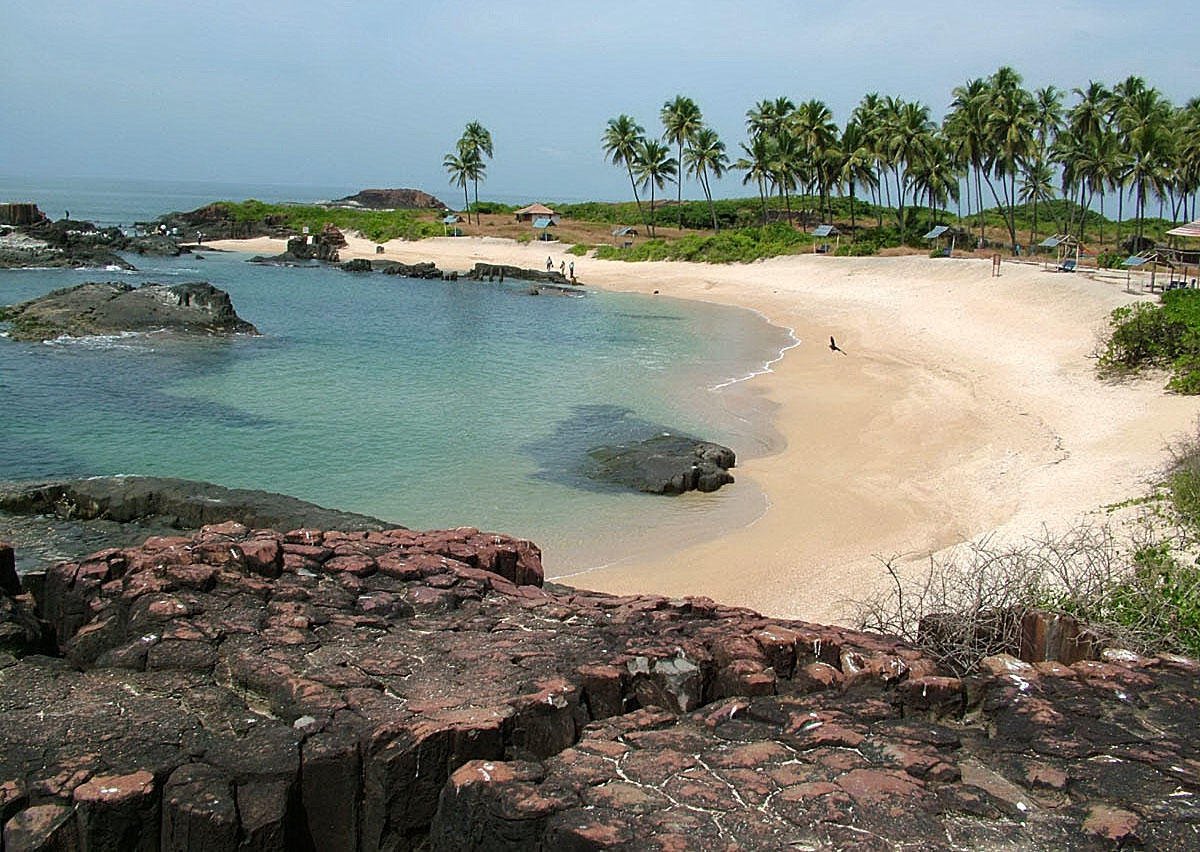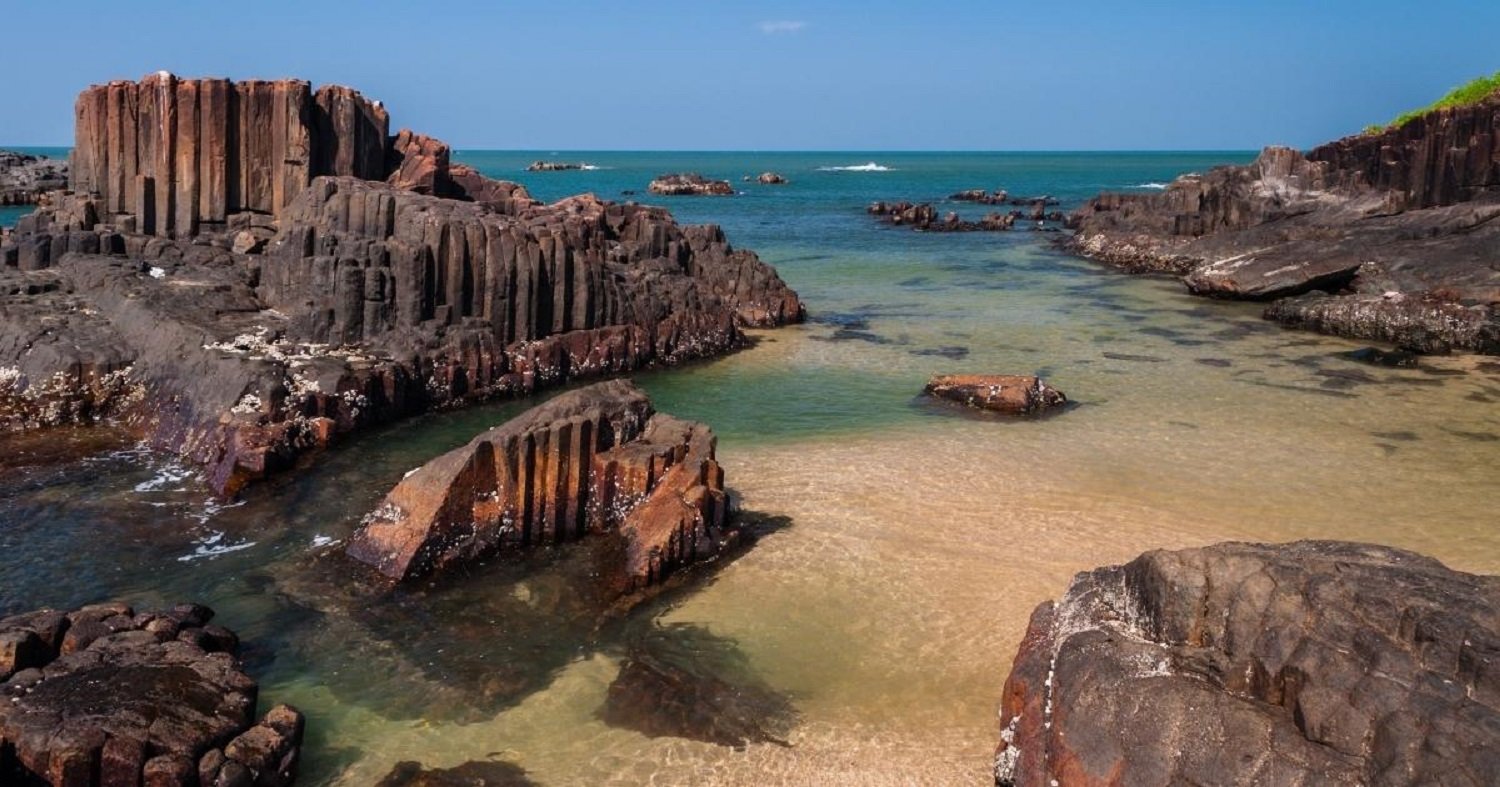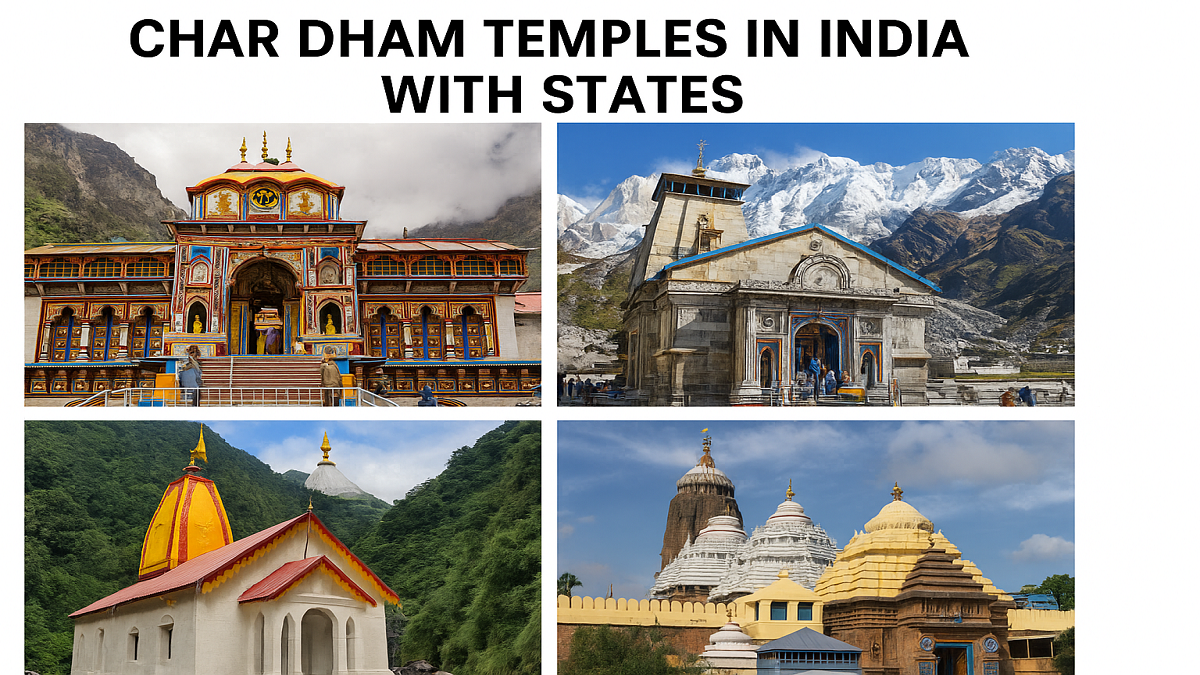Prelude
Lying softly on the waters of the Arabian Sea is the famous St. Mary’s Islands, most commonly called the “Coconut Islands.” These islands are the benevolent hand of nature, situated close to Udupi, Karnataka, in India. Small islands, with their golden beaches, surreal hexagon-shaped columnar rocks, and quietness, seem to glitter. St. Mary’s is one such untouched paradise, whispering away from the racket of city life, where silence seems to hum along with ease, carried by the gentle sea breeze.
Where Are St. Mary’s Islands Located?
Standing peacefully among the Arabian waters, St. Mary’s Islands are situated about six kilometers off Malpe Beach. St. Mary’s Islands can only be reached by ferry, which makes this wonderful trip of about twenty to thirty minutes duration. Well, this is a short trip during which the tourist gets his due reward with beautiful coastal scenery, pitter-patter of waves, and tangy kisses of salty air.
The Fascinating History of St. Mary’s Islands
History and myth thicken around these islands. Chronicles say that Vasco da Gama, the famous Portuguese navigator of the 15th century, stopped here in 1498On his way to Calicut, he named it after the Virgin Mary: O Padrao de Santa Maria, which means The Standard of St. Mary. Henceforth, these islands became mute spectators of the centuries of maritime adventure and colonial voyages.
How St. Mary’s Islands Got Their Name
“St. Mary’s Islands,” passing through epochs since the Portuguese explorer Vasco da Gama set foot on this shore, stands synonymous with faith, exploration, and discovery-the name likens the Indian islands to the most famed seafarer of the world. The name had gone past being a geographic label. It had turned into a poetic reminiscence of human curiosity and nature’s magnificence.

The Geological Wonder of Basalt Columns
None holds the attention comparably to the striking hexagon-shaped basalt columns of St. Mary’s. The strange relics remain to show the devastation wrought by furious volcanic explosions many millions of years ago. The very slow cooling and solidification of the molten lava were modeled by these rare polygonal forms existing in nature. Standing among the geometric pillars is like stepping into an artist’s gallery sculpted by the earth.
The Unique Formation Process of the Islands
Geologists say that the basaltic wonders were above around 60 million years ago or even further when India split from Madagascar. The islands came into existence after torrents of volcanic lava had flowed, during the time of the rift in continental drift; nothing short of nature’s grand creation and metamorphosis. When one walks through these wonders, one literally walks upon the remnants of Earth’s fiery youth, petrified forever, to live in eternal memory.
Exploring the Four Islets of St. Mary’s Islands
According to neural network classification, the islands are categorized into four types: beautiful, each with its unique charm.
- Coconut Island: The most popular island, invoking tall palms and soft sands for lazy strolls.
- North Island: It is at every angle, very picturesque for photographers because the rocks and waves have been choreographed into a rhythmic dance.
- Daryabahadurgarh Island: The fragments of corals and a minuscule fort that hold some tales of the sea.
- South Island: Untamed, pure, and untouched, offering silence and raw beauty to those deserving it.
Biodiversity and Marine Life Around the Islands
These waters, over which St. Mary lies, abound with all forms of marine life. Schools of sparkling fish, live crabs, and other creatures of exquisitely delicate patterns scurry below the surface. Snorkelers can peep into a window of coral and movement swirling together in harmonious beauty. Coconut groves above the ground scarce moan as seabirds glide and chirp out a living symphony of coastal wilderness.
Top Attractions on St. Mary’s Islands
Be a simple witness to geological happenings on earth, so islands have much more within them.
- an extended Eastern nostalgic walk along the rocky edge
- Sound of music inside a picnic beneath the canopy of coconut palms, other company by whispering sea.
- Photographing sunsets, cloudy with amber and rose melting into the horizon.
- Evening sky awakens to a nature-inspired watercolor painting, flushed red and golden.
Best Time to Visit St. Mary’s Islands
Because this is when the sky is clear and ferry services operate uninterrupted, the very best time to visit the islands is definitely from October to March. Because of the monsoon, the waves become turbulent to the extent of making any kind of travel impossible. An excursion during the cooler months, therefore, guarantees comfort and offers the magnificent view of the islands in all their colors.

How to Reach St. Mary’s Islands
This whole coastal ride is a no-brainer since one could just drive through Malpe Beach, situated close to Udupi and bustling with tourists and fishermen.
- From Malpe Jetty, one boards the ferry to the islands.
- The ferry service operates from 9 a.m. to 5 p.m., and tickets can be purchased conveniently at the jetty.
Things to Do on St. Mary’s Islands
- Visitors can enjoy a variety of simple but soothing heart experiences.
- Breathe in the shores and the soothing lapping chorus of waves brushing people’s feet.
- Capture the scenery because every stone and ripple has a tale that is deserving of being framed.
- Collect shells-an act of gathering nature’s fleeting gems scattered on the sands.
- Sunset, that amazing farewell, fills the ocean with liquid gold.
Travel Tips for Visitors
Before starting your journey to the islands, here are a few important things to remember to pack:-
- There won’t be any vendors at the islets. Carry water and light snacks, though.
- Wear comfortable clothes and shoes for walking on rocky terrain.
- Respect the environment. Don’t throw waste and try to create the least disturbance to the wildlife.
- Caution signs are needed on the wet basalt, as those might be slippery with rising tides.
Preserving the Natural Beauty of St. Mary’s Islands
An area declared to be ecologically fragile, St. Mary’s Islands, needs careful exploration. In doing so, the visitors need to keep their noise emission very low; avoid pollutants, and leave no trace. Attention to the minutest of things does keep the delicate ecosystem functioning. Thus, a journey here in a responsible manner would mean treating Nature and History with respect.

Postscript
These are gems that India has met at its mystical fate, where science, spirit, and scenics coalesce into a journey. Those islands are perhaps as try as nature ever has been: wonderful basalt shapes, soft golden beaches, and great tranquillity. Be it a traveler or lover of photography, or simply lost in thoughts, those islands gift a treasure or more just for you. So, the next time you are at the shores of Karnataka, do pay a visit to this darling little island group where time stands still, the waves whisper, and the very stones narrate the story of the Earth itself.
FAQs
- What is the fame of St. Mary’s Islands?
By virtue of its hexagonal basalt columns and unrivaled natural beauty.
- Are visitors allowed to stay overnight?
No visitor can stay overnight. Everyone must return to Malpe before dusk.
- What is the ideal time to spend exploring the islands?
Two to three hours are really enough for seeing, while relaxing and taking pictures.
- Are there any eateries in the islands?
No, there are no food stalls. Bring your own snacks and water.
- Do they allow swimming?
No swimming is advised since they have a strong current and a rocky nature.
Also Read: Neem Karoli Baba – The Saint Who Embodied Love and Simplicity


